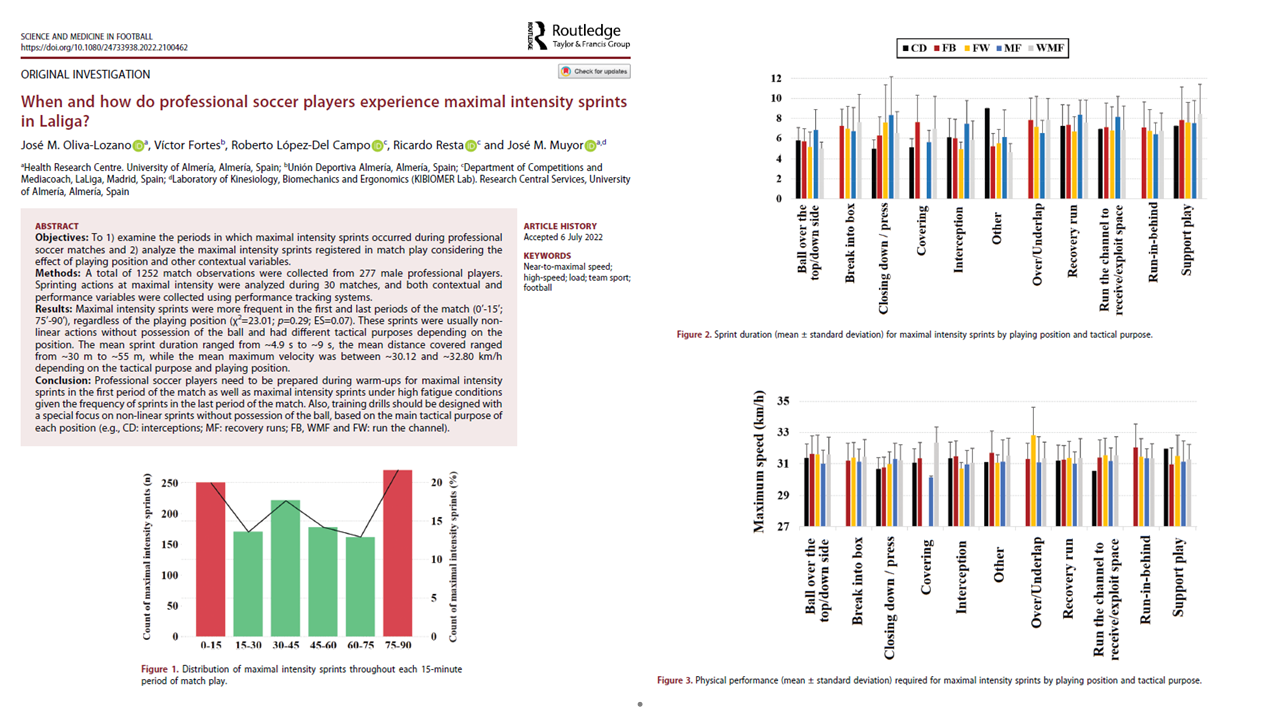
14 Jul The Effect of the Video Assistant Referee System Implementation on Match Physical Demands in the Spanish LaLiga
Posted at 12:17h
in Paper
Since the introduction of the Video Assistant Referee (VAR) in LaLiga during the 2018/19 season, much has been said about its impact on decision-making and game flow. But how did it affect the physical demands of players? This study analyzed 1,454 matches across two seasons (2017/18 without VAR and 2018/19 with VAR) to evaluate changes in running performance.
Key insights for coaches and performance staff:
- Less total distance, same intensity: With VAR, players covered significantly less total distance per match and per minute, suggesting more frequent interruptions reduced continuous running.
- High-intensity actions not compromised: Distances at 21–24 km/h and above 24 km/h, as well as the number of high-speed efforts, showed a positive trend in the VAR season, even if not statistically significant. Players seemed to use stoppages to recover and perform more intense efforts once play resumed.
- Tactical and style influence: Teams with high-possession styles naturally covered less total distance, which aligns with the reduced totals observed during the VAR season.
- Recovery opportunities: VAR interruptions may offer “built-in” recovery windows that allow players to sustain higher intensities later in matches.
Practical applications:
- Conditioning programs should replicate match realities: prepare players for fewer continuous running demands but emphasize repeated high-intensity efforts after breaks.
- Use recovery windows strategically—both in training and during matches—to optimize sprint performance and reduce fatigue.
- Analysts should monitor how stoppages affect not just effective playing time but also players’ ability to produce decisive high-intensity actions.
- Integrate eccentric strengthening and sprint training to protect players from hamstring injuries while sustaining repeated high-speed efforts.
Read the full paper here (DOI): https://doi.org/10.1080/24733938.2022.2100462


